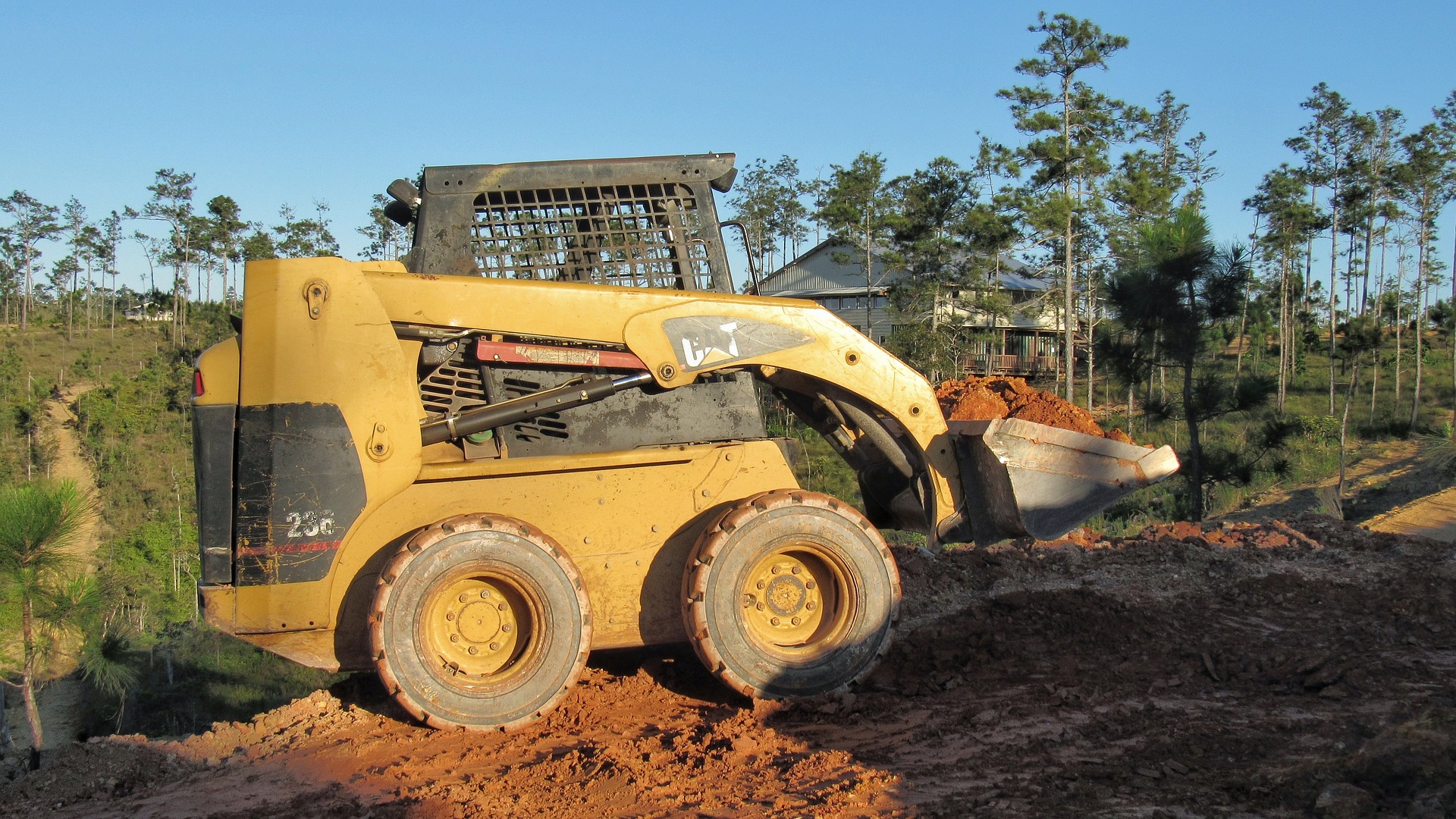Skid Steer Safety Tips: What You Need to Know

If you’ve ever been on a construction site or worked in landscaping, you know how invaluable a skid steer can be. These little powerhouses can do everything from lifting heavy materials to digging trenches. But let’s be honest: operating heavy machinery comes with its own set of risks. That’s why we’ve put together this guide to help you operate skid steers safely and efficiently.
Get to Know Your Machine Inside and Out
Before you even put the key in the ignition, take some time to really get to know your skid steer. Each model has its own set of features, controls, and safety mechanisms. A thorough read of the operator’s manual can give you insights you won’t get anywhere else. And don’t just skim through it—really dig in to understand the nuances of your machine.
It’s also crucial to know the weight limits of your skid steer. Overloading it can lead to tipping, which is a common cause of accidents. Always stick to the manufacturer’s guidelines when it comes to weight capacity.
Don’t Skip the Pre-Op Checklist
Before you start up the engine, you should have a pre-operation routine that includes a thorough inspection of the machine. This isn’t just a quick once-over; you should be checking for any signs of wear and tear, leaks, or loose parts that could become problematic. Safety features like seat belts and safety bars should be in top condition.
And let’s not forget about the tires. Worn-out or underinflated tires can seriously affect your skid steer’s stability. Make sure they’re in good shape and inflated to the recommended pressure before you start work.
Getting In and Out Safely
You’d be surprised how many accidents happen during something as simple as getting in or out of the skid steer. Always use the handles and steps designed for this purpose. Jumping off or onto the machine is a recipe for disaster. Once you’re in, fasten that seatbelt and lower the safety bar. Safety first, always!
Also, make sure the machine is parked on level ground. An uneven surface can make the skid steer unstable, which is the last thing you want when you’re climbing in or out.
Attachments: The Right Way and the Wrong Way
One of the best things about skid steers is the range of attachments available, from buckets to augers and everything in between. But each attachment changes the machine’s center of gravity and handling. Always consult the attachment’s manual for specific safety guidelines, and make sure it’s securely fastened before you start work.
And remember, different attachments require different operating techniques. For example, a loaded bucket can make your skid steer tip more easily, so avoid sudden movements when you’re carrying a heavy load.
Safe Operation Isn’t Just Common Sense
Operating a skid steer safely isn’t just about common sense; it’s about being aware of your surroundings at all times. Keep your limbs inside the machine, watch out for other workers, and maintain a safe distance from them. If you’re working near a trench or on a slope, take extra precautions to prevent tipping.
Also, avoid making sudden movements, especially when carrying a load. Quick turns or abrupt stops can easily destabilize your machine. And always check behind you before going in reverse; the rear of the skid steer has a significant blind spot.
Be Prepared for Emergencies
No one likes to think about emergencies, but being prepared can make all the difference. Know how to quickly shut off the machine and how to exit safely in case of an emergency. If your skid steer tips over, it’s generally safer to stay inside the cab, fasten your seatbelt, and wait for help.
Also, familiarize yourself with the manual release levers for the hydraulic system. These can be a lifesaver if you experience hydraulic failure.
Training and Certification Isn’t Just for Beginners
Whether you’re a seasoned pro or a newbie, ongoing training is essential. Many organizations offer safety courses that cover everything from the basics to emergency response procedures. Some even offer certification, which can be a great addition to your resume.
Hands-on training exercises are invaluable. They give you a chance to apply what you’ve learned in a controlled environment under the supervision of an expert. Never underestimate the power of hands-on experience.
The Role of Communication and Teamwork in Safety
One often-overlooked aspect of operating a skid steer safely is the role of effective communication and teamwork. Let’s face it: a construction site is a busy place with a lot going on. Multiple people are doing different tasks, all equally important, but this can sometimes lead to a chaotic environment. In such settings, the importance of clear, concise communication cannot be overstated. Whether using hand signals, walkie-talkies, or just old-fashioned shouting, staying in constant communication with your team can prevent misunderstandings and accidents. For instance, if you’re about to move a heavy load, a simple heads-up to your coworkers can ensure everyone is out of the machine’s path. Teamwork goes hand in hand with communication.
A well-coordinated team that understands each member’s role and responsibilities can work more efficiently and safely. This is especially true when using a skid steer for complex tasks that require precision and skill. For example, when lifting a heavy object to a significant height, having a spotter on the ground can provide an extra set of eyes to monitor for any potential issues, like an uneven load or nearby obstacles. The spotter can communicate in real time with the operator, making adjustments as needed. This collaborative approach not only makes the task at hand easier but also ensures that it’s done with the highest regard for safety. So, while individual competence is crucial, never underestimate the power of good teamwork and open communication in maintaining a safe working environment.
Conclusion
Operating a skid steer can be incredibly rewarding, but it’s crucial to prioritize safety above all else. By taking the time to understand your machine, sticking to a pre-operation checklist, and following best practices, you can minimize risks and keep yourself and your coworkers safe. After all, safety is everyone’s responsibility.
For more in-depth information on skid steer safety, always refer to the operator’s manual and consider enrolling in a certified safety course. Stay safe out there!
![]()








